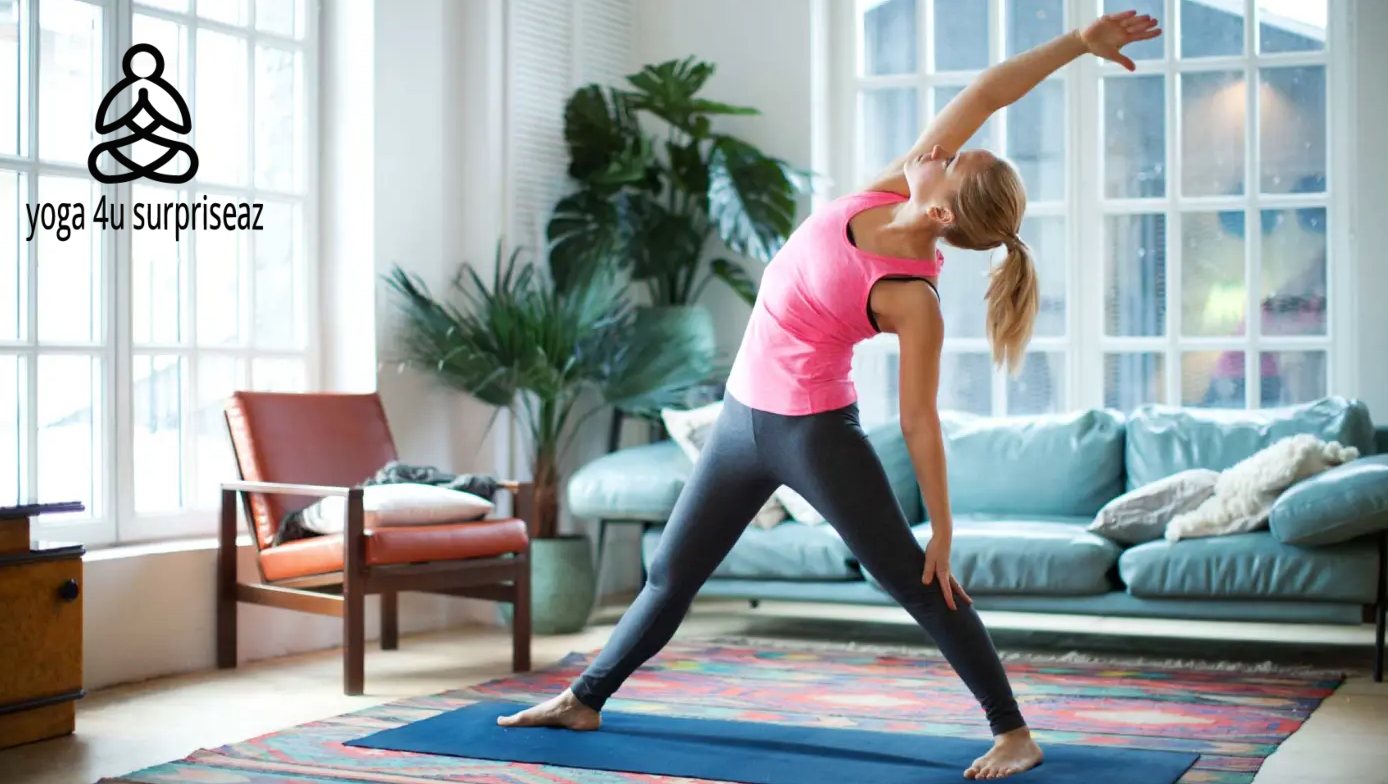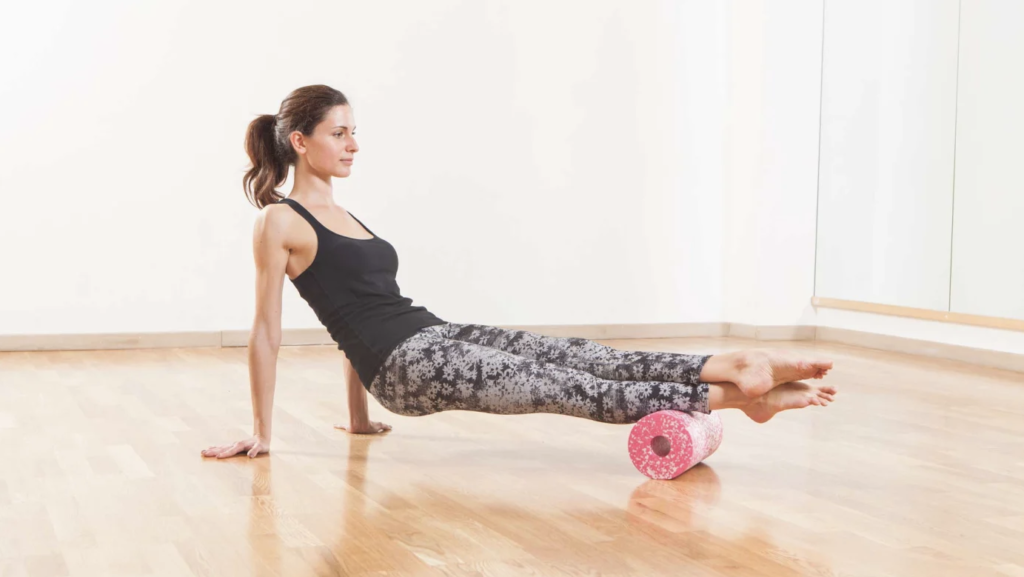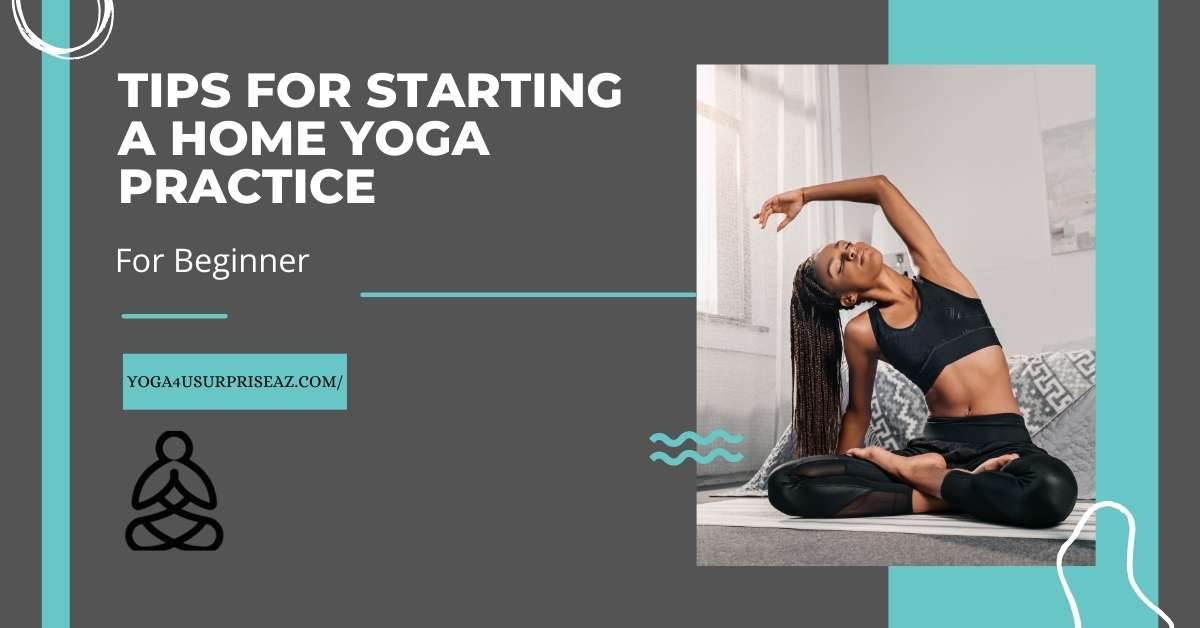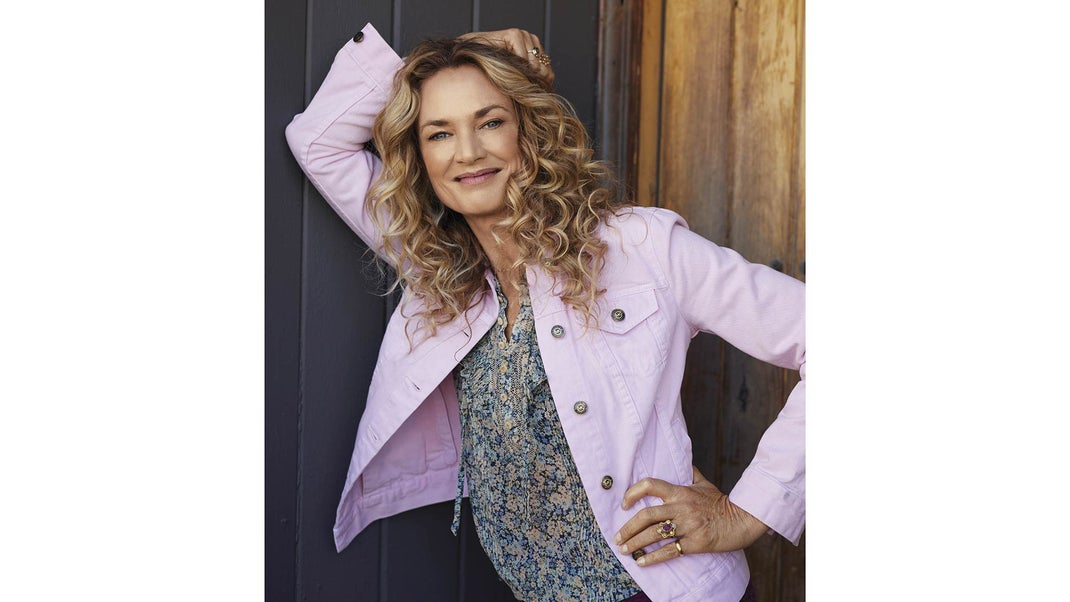There are many different types of soreness that people can experience. The most common type is muscle soreness, which often results from exercise.
The 11 Dos & Don’ts of Coping with Soreness is designed to help you take care of your body and get back to exercising as soon as possible.
According to experts, here’s what to do to get over soreness after yoga and what not to do.
It’s no surprise if you feel a little ache-y after yoga—especially if you’re getting back into it after some time away or practiced postures you don’t normally do.
The reason a good yoga practice can feel so wonderful, after all, is because it can deeply stretch certain muscles that you’re not accessing in your everyday life.
“You may think your muscles are active, but some yoga poses will still stretch them in unfamiliar ways,” says yoga teacher Loren Fishman, MD, medical director of Manhattan Physical Medicine, author of Healing Yoga, and the creator of the Yoga Injury Prevention program. “Muscles can also become sore because they’ve been overused.”
The soreness after yoga you may be experiencing is called delayed onset muscle soreness (DOMS), which usually occurs 12-48 hours after exercising. The level of soreness you might feel depends on what style you’re practicing, how intensely, and how frequently—as well as your body type, says Fishman.
And even if you’re experienced in your practice, there’s a good chance you might feel sore from time to time. Though yoga is typically a low-impact exercise, it can still put a big strain on your muscles.
“Yoga is filled with eccentric contractions that cause microscopic injuries to the muscle and fascial tissues,” says Erica Yeary, MPH, RYT, an exercise physiologist and a Yoga Medicine registered therapeutic specialist based in Indianapolis, Indiana. “Our bodies produce an inflammatory response to these micro-tears and this causes muscle soreness.”
But, it turns out this muscle soreness is a good thing. “Once your muscles recover, you’ll experience muscle growth and improved performance,” says Yeary, ultimately making you stronger.
Of course, if your soreness after yoga is very painful, see a doctor. However, for run-of-the-mill soreness—which means pain is minimal—there are plenty of smart tricks you can try to ease your discomfort.
According to medical and yoga experts, here’s what to do—and what to avoid—to cope with muscle pain and soreness after yoga.
DO hydrate, then hydrate some more.
Drink water, not sports drinks, says Amy C. Sedgwick, an emergency medicine doctor and Yoga Medicine certified yoga instructor in Portland, Maine.
“We want to help increase our blood volume so this fluid can be distributed more easily to the tissues to allow transfer of nutrition, healing cells and flushing out metabolic waste. Hydration is the way that happens.”
DO get plenty of sleep.
Without sleep and rest, your body can’t “gear down” to allow for the parasympathetic nervous system (rest-and-digest mode) to be in charge, says Sedgwick.
“Without enough sleep, the neuroendocrine system will not prime the body and tissues for repair and relief.”
DON’T down caffeine and energy supplements.
Unless you’re an ultra-endurance athlete, you are not likely depleting your system so much that you need caffeine, energy drinks, or supplements, says Sedgwick.
“This only adds unnecessary calories and other substances to a body that simply needs gentle movement, hydration, and rest,” she says.
DO exercise—gently.
Exercise is the best way to relieve soreness after yoga, says Sedgwick. Research shows doing the same muscle movements and sequences you did before feeling sore—but less intensely—can help relax muscle spasms and allow muscles, connective tissue, and joints to find a greater range of motion, she adds.
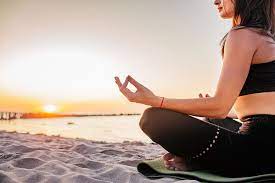
DO use a foam roller.
Foam rolling for 20 minutes immediately after working out can reduce tenderness— even if it causes some discomfort, says Yeary.
Take it slow and be gentle; you don’t want foam rolling to cause so much pain that it worsens your soreness.
DO eat a balanced meal.
Make sure your post-workout snack or meal includes protein, which repairs and builds muscle, and carbohydrates, which will also speed recovery, says Yeary.
The best protein sources are plant-based, such as beans or lentils. The best carbohydrate sources for recovery include whole grains like brown rice, oatmeal, and quinoa.
DON’T take anti-inflammatory drugs.
It may seem like a smart idea to pop an aspirin to take the edge off your soreness after yoga, but it’s not the best way to help speed your recovery, says Yeary.
“Inflammation is how the body responds to any type of injury,” she says. “In order to properly repair any damaged tissue, you must have inflammation.
If you take away that inflammation with a drug you are hindering your body’s natural healing mechanisms.”
DO take a hot bath.
Not only does this feel great, but it helps to initiate the parasympathetic nervous system to reduce tension and allow the body to be in a state of healing, says Yeary.
DO stretch.
And when you do, be sure to stretch through all planes of motion. This will increase circulation and range of motion while also preventing chronic tension and pain, says Yeary.
DON’T do intense stretching.
Long, static stretches or over-stretching sore muscles can do more harm than good, says Year. “The tissues are already slightly damaged and working on healing.
If you over-stretch your muscles and “wring them out” of all their fluids, you reduce their ability to heal and may even damage them in the process, she adds.
DO continue to practice yoga gently.
One of the best ways to cope with soreness after yoga is to do more yoga, says Fishman. “Concentrate on the areas that hurt and try to gradually relieve tension and tightness,” he says.
“Becoming inactive because activity gives you some soreness is a very poor response to your soreness, and is likely to leave you in even more pain the next time you practice.”
Conclusion:
This blog post summarizes the information The Yoga Association has learned about coping with soreness after yoga.
The author offers advice for what to do both before class, during a class, and afterward and how to cope when you are feeling especially sore.
The key is listening to your body and give it time to heal rather than overdoing it or continuing to work out if you have any pain at all.
The idea is that the more gentle you are on your muscles while they repair themselves, the less chance there will be of developing chronic problems in those areas later down the road.
